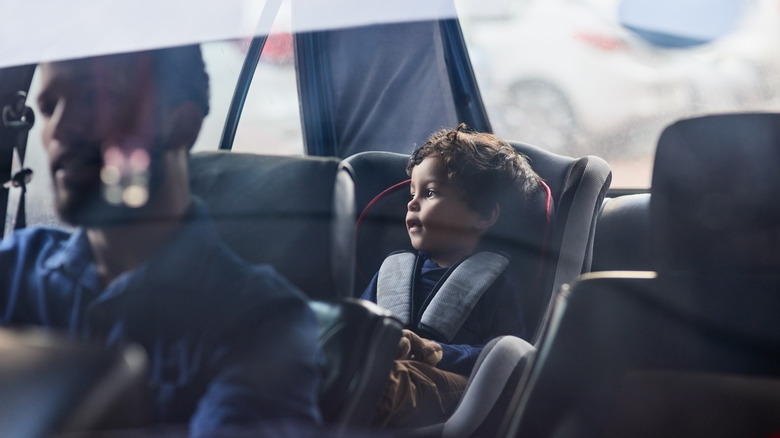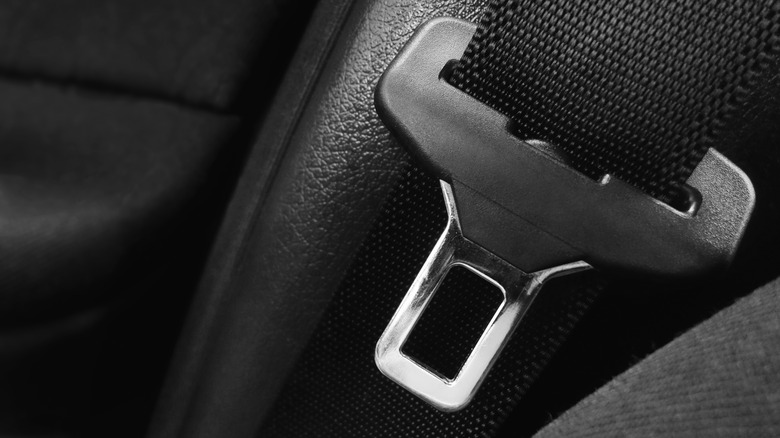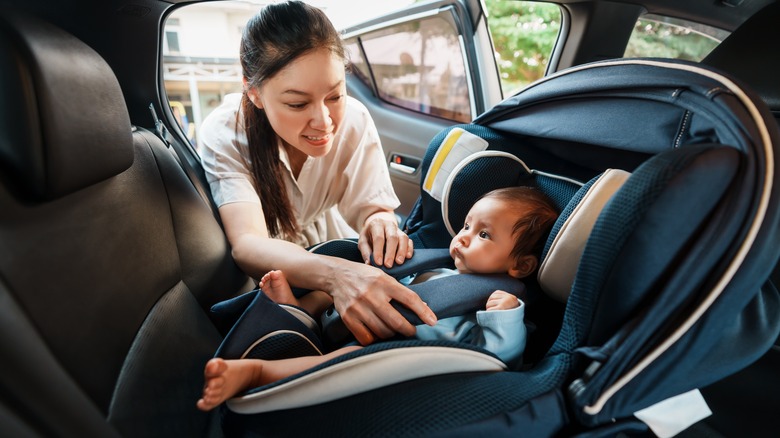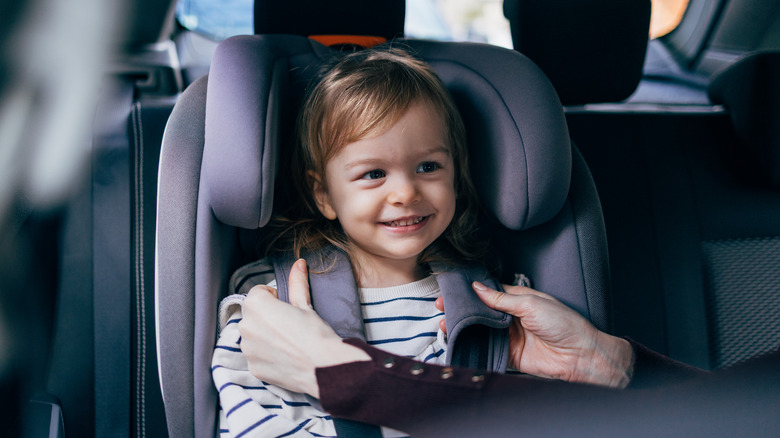3 Things You Need To Check When Installing A Car Seat
If you're traveling with your child, a car seat is an essential accessory to have on your next road trip. Many manufacturers offer different child car seats for maximum protection when out on the road. Whether you've used one before or not, there are many safety precautions to be aware of when installing and using your car seat to keep your child secure.
Despite there being some unwritten rules of child road safety, such as the widely-used "Baby on Board" sign, there are some stricter requirements that have come into place. In 2019, a new legislation was proposed enforcing a mandatory alert system for kids left in cars. Another law is the New Mexico Child Restraint Act, which requires all children under seven or weighing less than 60 pounds to travel in a car seat.
While the majority of child car seats share similar safety features, not all of them are built the same. It is important to read the instruction manual for your child car seat carefully as you complete the steps covered in this guide. Here are three important safety measures to take when installing a child car seat.
Check your car's seat belt system
When attaching a child car seat using a seat belt, it's crucial to check your car's seat belt system so that you can lock the seatbelt correctly. Locking the seat belt is crucial to ensure the seat doesn't become loose while you're driving, especially if you're traveling long distances.
Here's a general guide to locking a seat belt with a child seat:
-
Place the child seat securely on one of the back seats of your vehicle.
-
Weave the seat belt through the belt threads, typically located at the back of the car seat.
-
Buckle the seatbelt, then lock it to ensure the system doesn't loosen.
Different cars have varying seat belt locking systems, with most modern vehicles featuring retractor mechanisms. So, you'll need to consult your vehicle owner's manual if you need further help. Another common mistake is twists in the seatbelt, so make sure to remove any twists for a secure fitting. To test how secure your infant car seat is, try moving the seat back and forth and side to side. The seat should not move more than 1 inch in any direction.
Ensure your car seat is at the correct recline angle
A common misconception is that all infant car seats need the same recline angle. However, there are many factors that determine which reclining angle is best for your child, including their age and weight and what model you're using.
Firstly, you'll need to check any weight and height restrictions as detailed by the manufacturer of your car seat, as improper measurements will put your child at a greater risk of injury. The next most important thing is correcting the reclining angle. For babies, it is important to ensure the car seat is semi-reclined, not upright or fully reclined. Positioning your car seat upright creates the risk of a baby's head falling forwards, which can restrict airflow. While the best reclining angle typically falls between 30 and 45 degrees, always refer to the manufacturer's instructions to find the most secure angle for your child. Many models come with built-in angle adjusters, and you may also find instructions on changing the angle as your child grows up.
Ensure a snug fit
While it may seem obvious, many parents fail to set up a fit snug enough for the car seat to be safe. A loose fitting can cause a child to slide around during the course of your driving and can put them at a greater risk of injury in the event of a crash.
The harness is the most important safety feature for keeping your child safe. For maximum safety, you shouldn't be able to pinch any extra material at the shoulder level. Another important safety measure is positioning the chest clip, responsible for keeping the child securely in place. The chest clip should be at armpit level and snuggly pressed against your child's chest.
Sometimes, you may find it helpful to place blankets or towels in any gaps to minimize movement and provide extra comfort. However, it's critical to position items such as blankets after securing the harness, as doing so before can weaken the fit. You'll also want to avoid extra thick clothing when putting your child in a car seat, as this may also provide a looser harness fitting.



